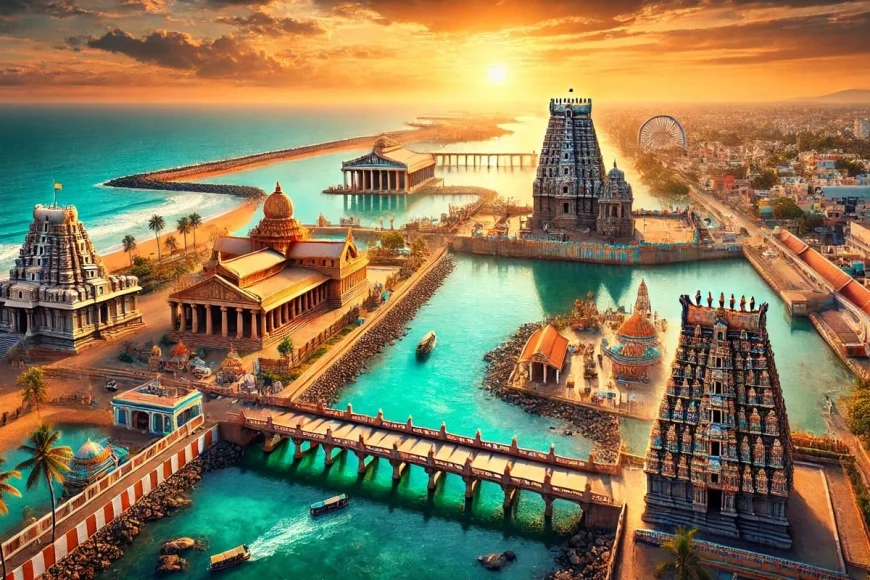A new book examines the rich and fascinating history of Kutch, spanning nearly three centuries

Join our WhatsApp Community to receive travel deals, free stays, and special offers!
- Join Now -
Join our WhatsApp Community to receive travel deals, free stays, and special offers!
- Join Now -

The name Kutch comes from the word kachhua or tortoise, the shape of which one sees when the map of Kutch is inverted. Kutch lies in the westernmost part of India bordering Pakistan’s Sindh province. It is about 160 miles in length, in its broadest parts, 95 miles in width and covers approximately 14,000 sq miles – the largest district in India. Today it is a part of the state of Gujarat but until 1948 Kutch was a princely state ruled by the Rajput Jadejas. Kutch is one of the least populated parts of India and one of the most environmentally challenged.
Kutch and Sindh form part of that great swathe of land that extends from Uzbekistan, through Afghanistan, Punjab and Baluchistan into this region. Linked as they are by a shared geography, Sindh and Kutch constitute a distinctive cultural entity and their histories are intimately related. Kutchi culture has been greatly influenced by that of neighbouring Sindh, as a result of both trade and conquest. This influence is evident in food, language, architecture, embroidery, textile design, wood-carving and more.
The story of Kutch in many ways is the story of India. It is the story of many communities that migrated from abroad as well...
What's Your Reaction?
 Like
0
Like
0
 Dislike
0
Dislike
0
 Love
0
Love
0
 Funny
0
Funny
0
 Angry
0
Angry
0
 Sad
0
Sad
0
 Wow
0
Wow
0








































![Today's hottest deals - Kinsley Iron Blue Desk Pot at just Rs.49 [MRP ₹299]](https://savefree.in/uploads/images/202504/image_870x580_680c89dae6fdb.webp?#)















